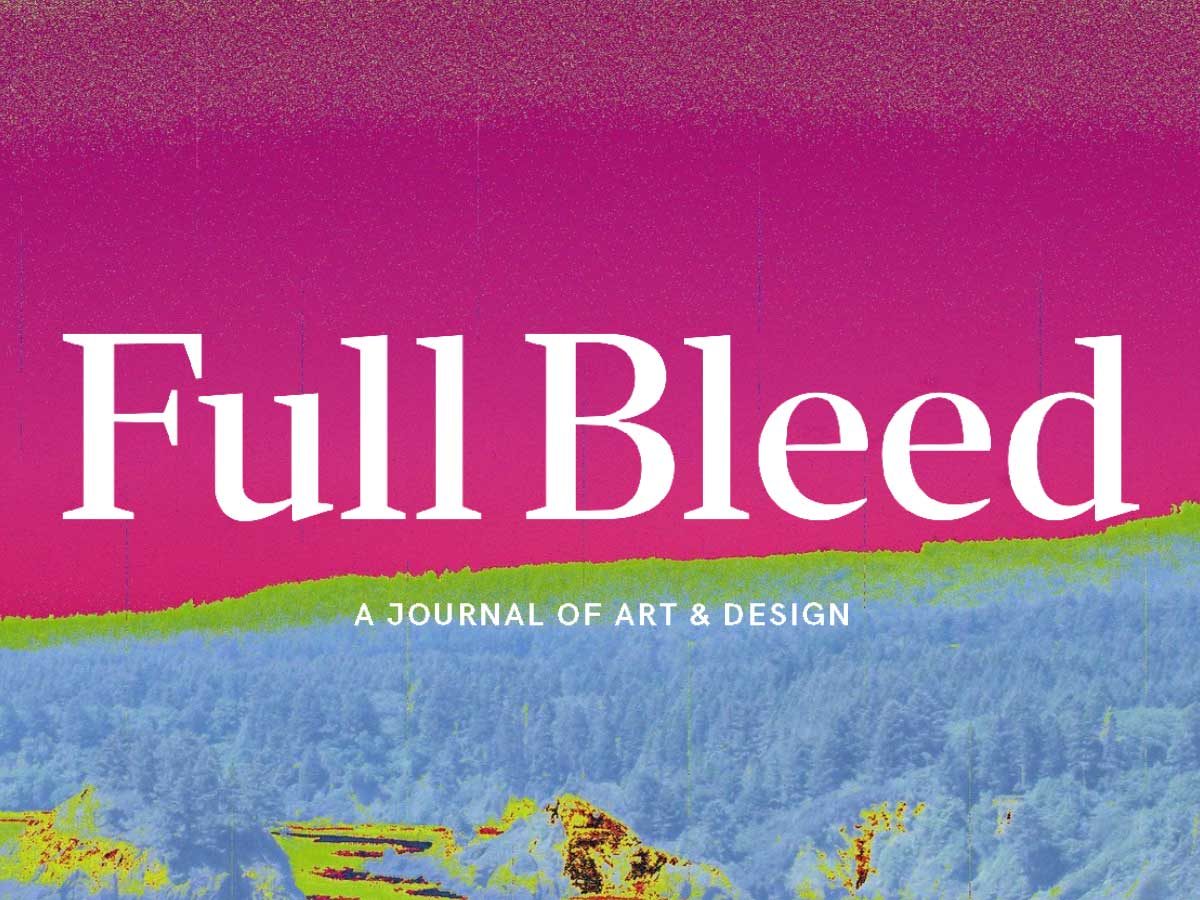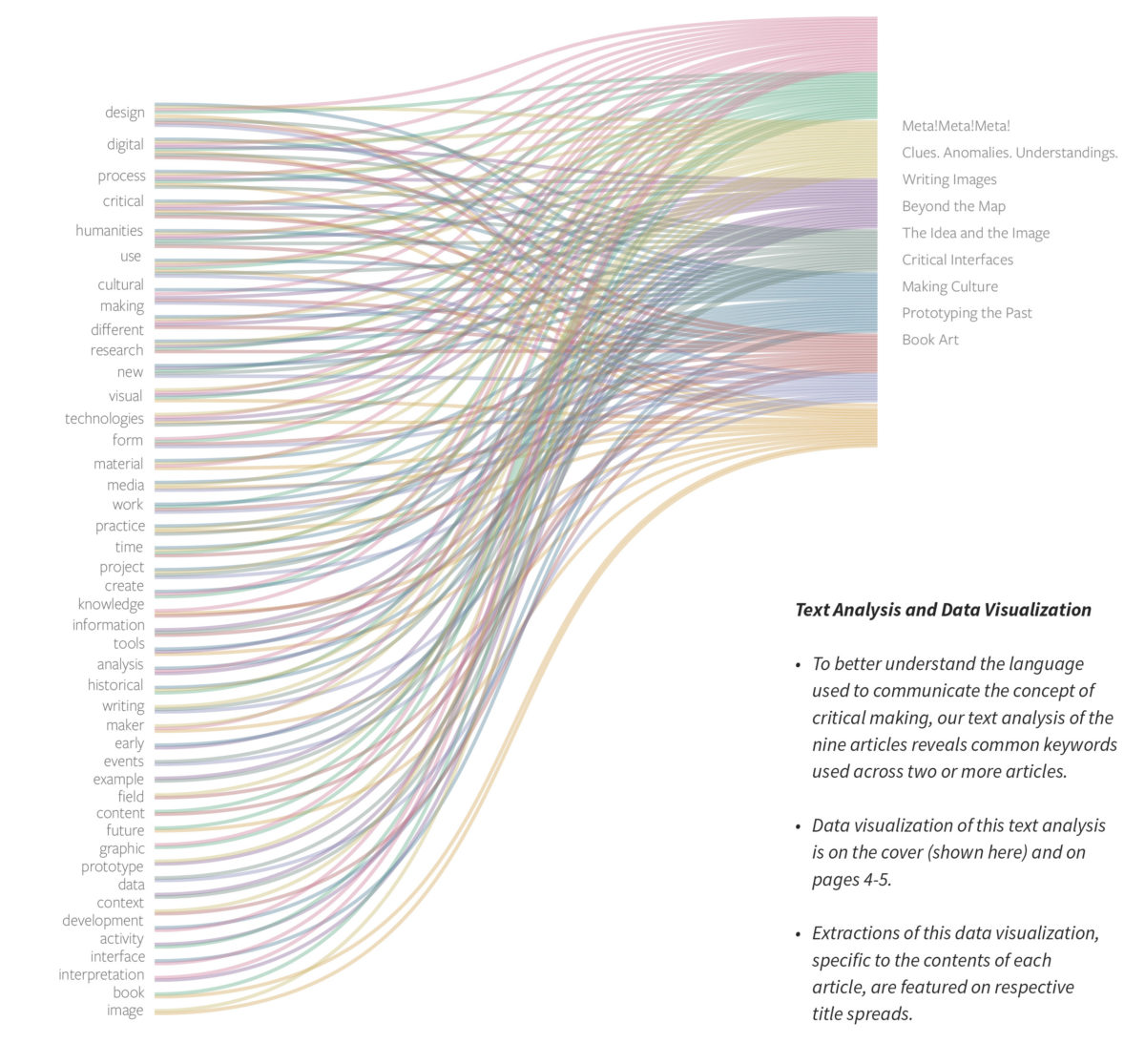Design and Culture Call for Editorial Board Members: Associate Editors, Reviews Editors, Social Media Editor
Design and Culture, the official journal of the Design Studies Forum, is seeking scholars with an established record in the scholarship of design to join its international editorial board. The Editorial Board, headed by the journal’s three editors-in-chief, is responsible for the operation of the journal. The journal is currently published three times a year by Taylor and Francis.
Associate Editors
Associate Editors will participate in bi-annual or ad hoc internet meetings about the journal’s operation and strategic vision. They will actively promote the journal in their networks, will encourage the submission of high quality papers aligned to the journal’s vision, and will solicit special issues on emerging subjects of interest in the field. Associate Editors will guide the various stages of the -review process in accordance to the journal’s suggested timeline (they will be assigned 3-5 papers per year). They will be responsible for selecting and contacting peer reviewers, communicating with authors and reviewers, leading the revision and re-submission process, and producing recommendations to the editors-in-chief. Associate Editors are also expected to act as peer-reviewers per the request of other Associate Editors or the editors-in-chief. Associate Editors members should expect to dedicate a few days per month to the journal, and the initial appointment will be for three years. There is no remuneration for the position.
Reviews Editors
Reviews editors will work as a team of four under Reviews Editor-in-chief guidance, a position currently held by Maggie Taft. Reviews will include books, exhibitions and media, and each editor would likely be responsible for working on approximately six reviews per year. This would involve two annual e-meetings with the other review editors (i.e. email correspondence chains) to identify books, exhibitions, and media. Editors will interface with potential authors, distribute reviewer guidelines, set schedules for submission, and edit reviews through the revision process. Once complete, reviews are submitted to the journal’s editorial team at large. Review Editors will participate in additional bi-annual or ad hoc internet meetings about the journal’s operation and strategic vision. They will actively promote the journal in their networks. Review Editors should expect to dedicate a few days per month to the journal, and the initial appointment will be for three years. There is no remuneration for the position.
Social Media Editor
Social Media Editor will be responsible for the strategy and day-to-day operations of the journal’s social media presence across multiple platforms. We are looking for an academic or graduate student with both knowledge of design scholarship and experience in running social media platforms. Social Media Editor will participate in bi-annual or ad hoc internet meetings about the journal’s operation and strategic vision, and will be in contact with the editors-in-chief as needed. There is no remuneration for the position.
In your letter of interest please describe your scholarly expertise, and your experience with editorial or social media work. To apply please email your letter of interest and CV to Laura McGuire at mcguirel@hawaii.edu by June 30, 2020, with the subject line DC_Associate Editor , DC_Reviews Editor, or DC_Social Media Editor depending on the position you are applying for.


